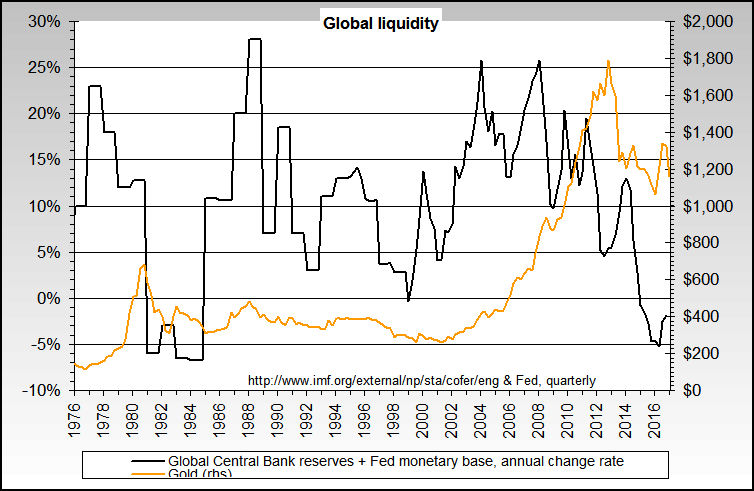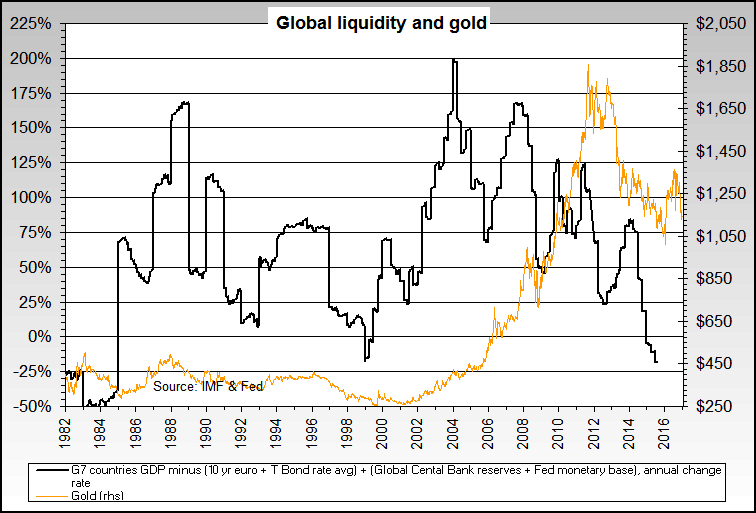The White House has released another of its health care reform clarification
emails--- there will be more. It seems strange to me that the focus is on
insurance coverage rather than on the spiraling costs of health care itself.
Frankly, the drafters of the insurance reforms have little, if any,
understanding of insurance, risk assessment, or underwriting-
clue about running a business. But why should they care? This is Robin Hood
politics, not business. Why do we continue to re-elect them is a far better
question.
Incidentally, I am not a health insurance salesman or healthcare
professional-
premiums in spite of a crazy-high deductible!
Insurance is neither a cost of obtaining healthcare services nor an expense
associated with those services. Insurance is an agreement in which a private
company agrees to pay part of someone else's medical expenses in exchange
for premiums it collects in advance from all of its insureds.
If President Obama owned the New World Order Health Insurance Company, he
would not be willing to insure an applicant with brain cancer nor would he
be willing to pay an unlimited lifetime benefit to all insureds--- not
without a premium that reflects the risks to his personal bank account.
Theoretically, insurance companies collect enough in premiums to operate
profitably while paying all the claims they have agreed to pay under
contracts with the individuals and groups that they insure. If we add more
risk, the insurance company has no choice but to increase premiums.
The persons who own the insurance companies (you and me, pal) expect them to
operate profitably. The companies employ thousands of actuaries, healthcare
industry expense analysts, claims adjusters, fraud inspectors, service
personnel, underwriters, risk assessors, etc. to assure that this happens.
Insurance companies protect us by standing ready to pay "covered" expenses
over and above whatever deductions, exclusions, and limitations are agreed
upon in advance. There is a viable legal contract between the parties---
financial disasters are avoided if we get really sick.
Within the terms of their agreements, insurance companies determine who is
insurable, and at what premium. Their job is to pay covered medical
expenses--- and they have a vested interest in keeping medical expenses as
low as possible. But do they really?
Just as the financial crisis was partially caused by business conflicts of
interest so too are there conflicting interests in the
insurance-healthcar
the natural desire to control the costs of all healthcare services.
We can control the industry to eliminate the conflicts of interest. We can
(and should) police the boardrooms of insurance companies to eliminate
"abuse of shareholders" through excessive salary packages.
Perhaps we should require health care insurers to be "mutual" companies, or
maybe "network" doctors should not be allowed to bill patients for amounts
above what the insurance actually pays. Maybe the annual deductible could be
dealt with differently without increasing premiums.
We can tax for-profit hospitals higher to encourage more non-profit care
facilities; we can keep doctors, insurance and drug companies from owning
hospitals; we can cap jury awards for medical malpractice or error, and we
can give tax relief to medical practitioners who provide free health
services to the indigent and uninsurable.
But the government's efforts to redefine insurance are counter-productive.
As cold as it may sound, if we make insurance companies cover pre-existing
brain tumors, the expense is coming out of your pocket in the form of higher
insurance premiums or higher taxes--- and it's likely that the healthiest
among us will be the ones paying the increased taxes.
The White House list of reforms, every one of them, would increase insurance
company costs and our premiums while doing nothing to reduce the price of
the medical services we receive. They only sound good to those who do not
understand insurance.
Insurance is designed to pay the bills--- reforms need to make the bills
smaller for everyone. Does this plan cut any costs, or just increase
insurance premiums for those who will still be able to pay them?
Group health (and even dental) insurance is a benefit used by many employers
to attract and retain employees. I've heard rumors that the reform plan will
tax employers who don't provide insurance and tax those employees who
receive the benefits. True or not, neither approach helps the economy or
reduces health care expenses--- both raise taxes for everyone.
Insurance can only be made more affordable by reducing the costs of the
healthcare that is provided. Let's focus on streamlined record keeping,
controlling ambulance chasers, jury awards, drug company advertising, an
army of lobbyists, and industry conflicts of interest.
We should also make all government employees, from the top down, dance to
the same tune as the rest of us--- that'll do away with the tax on benefits.
Then, next chance you get, do away with an incumbent.
BigGains !!
Change settings via the Web (Yahoo! ID required)
Change settings via email: Switch delivery to Daily Digest | Switch format to Traditional
Visit Your Group | Yahoo! Groups Terms of Use | Unsubscribe


